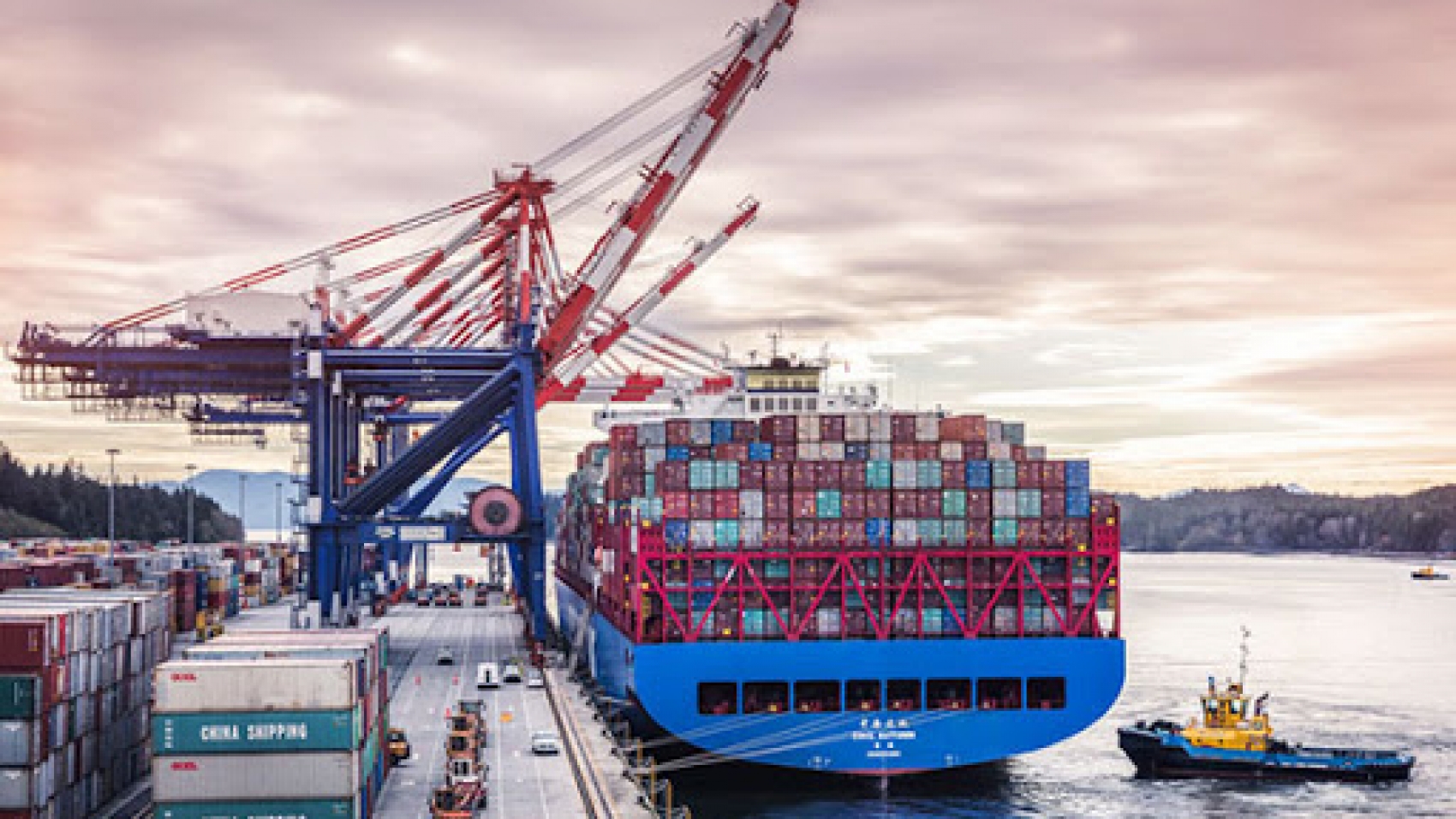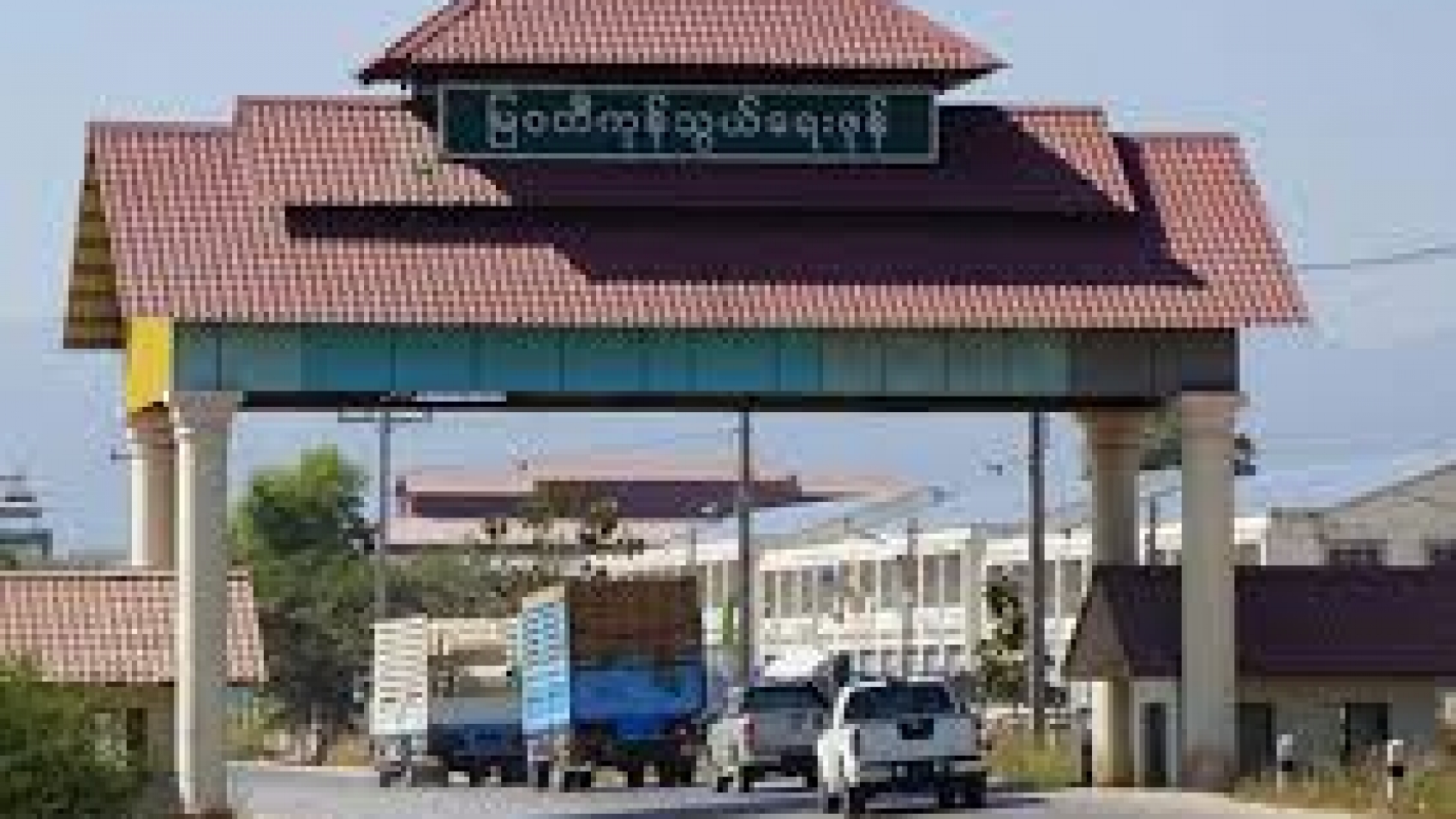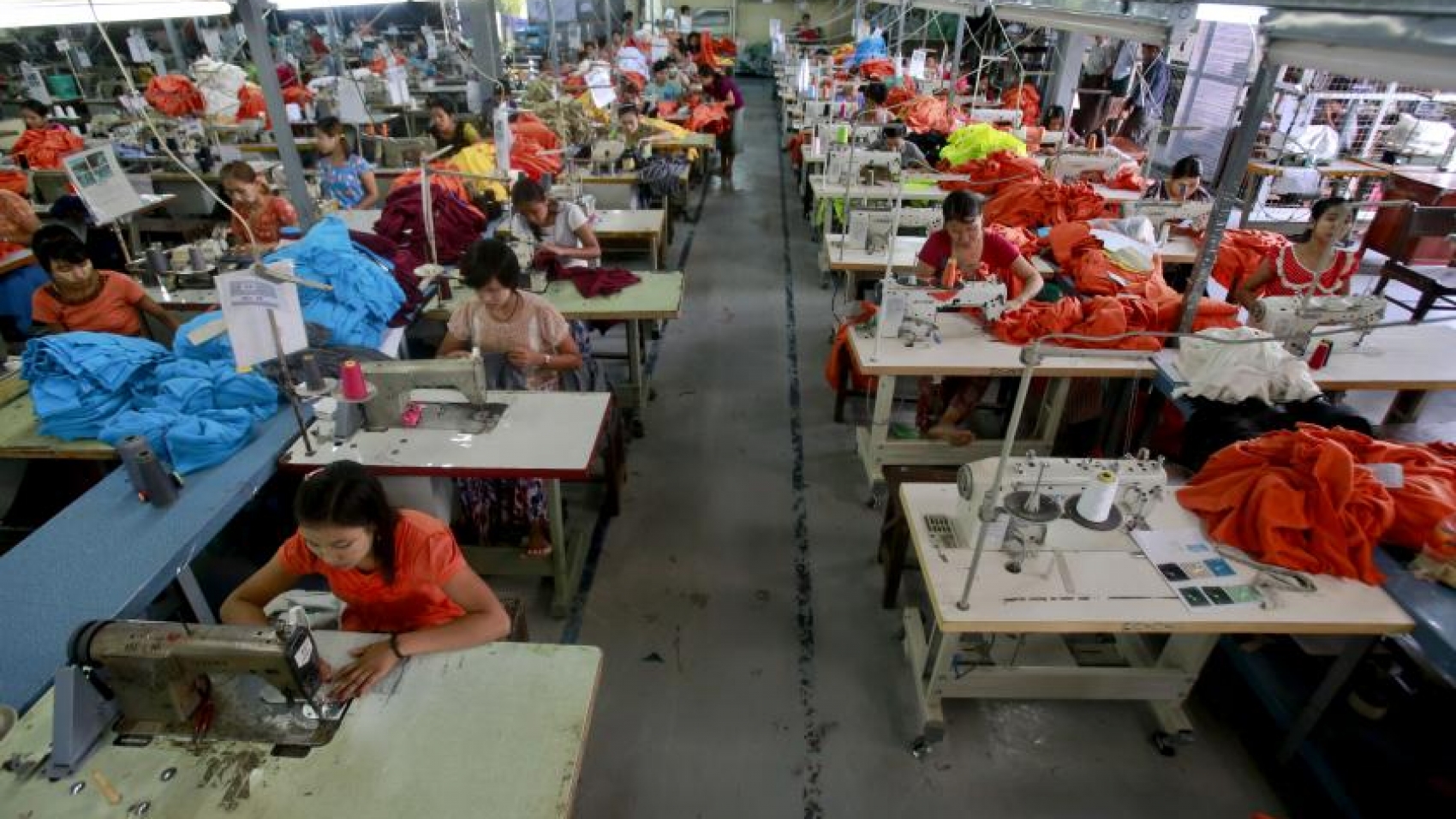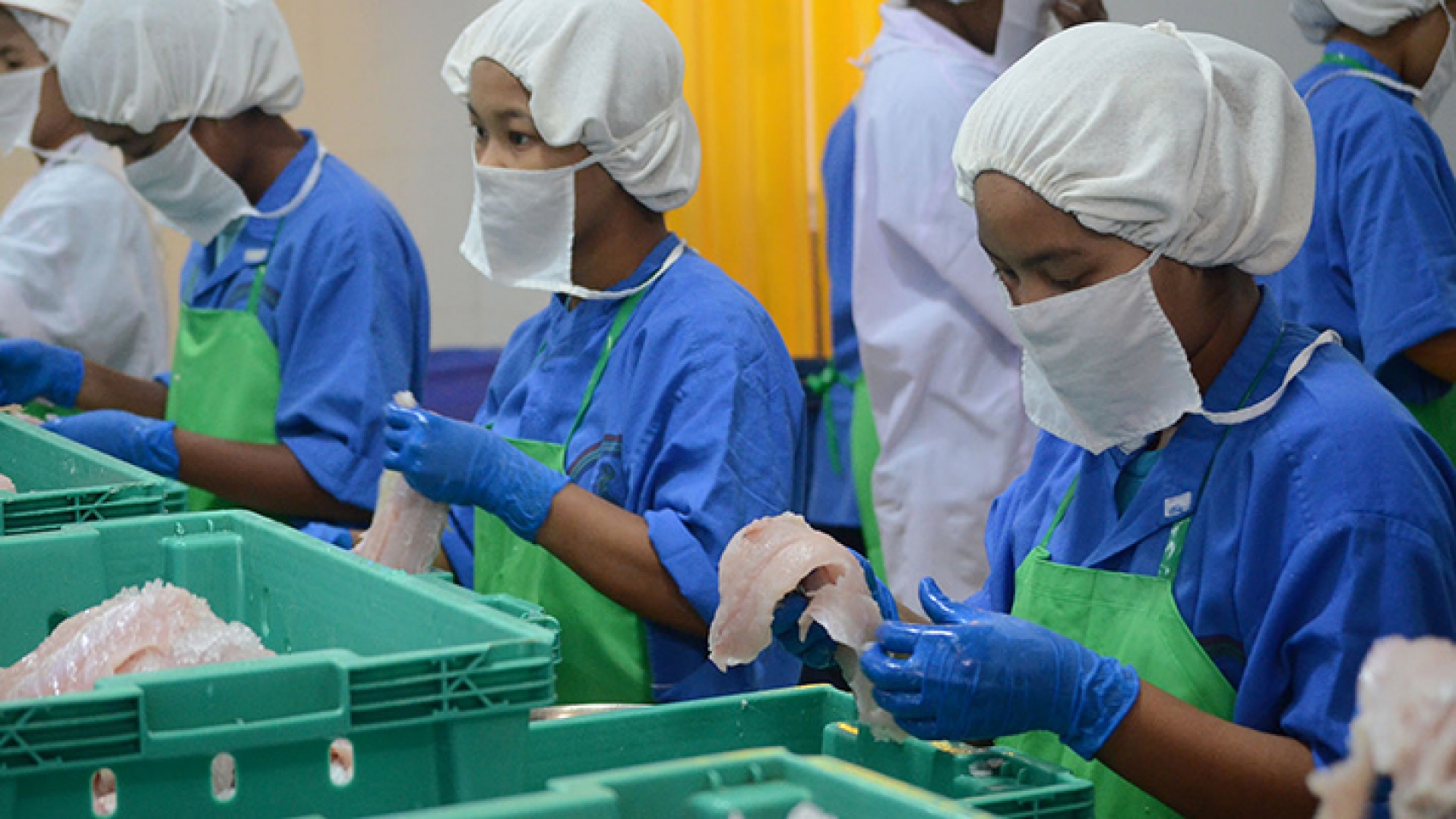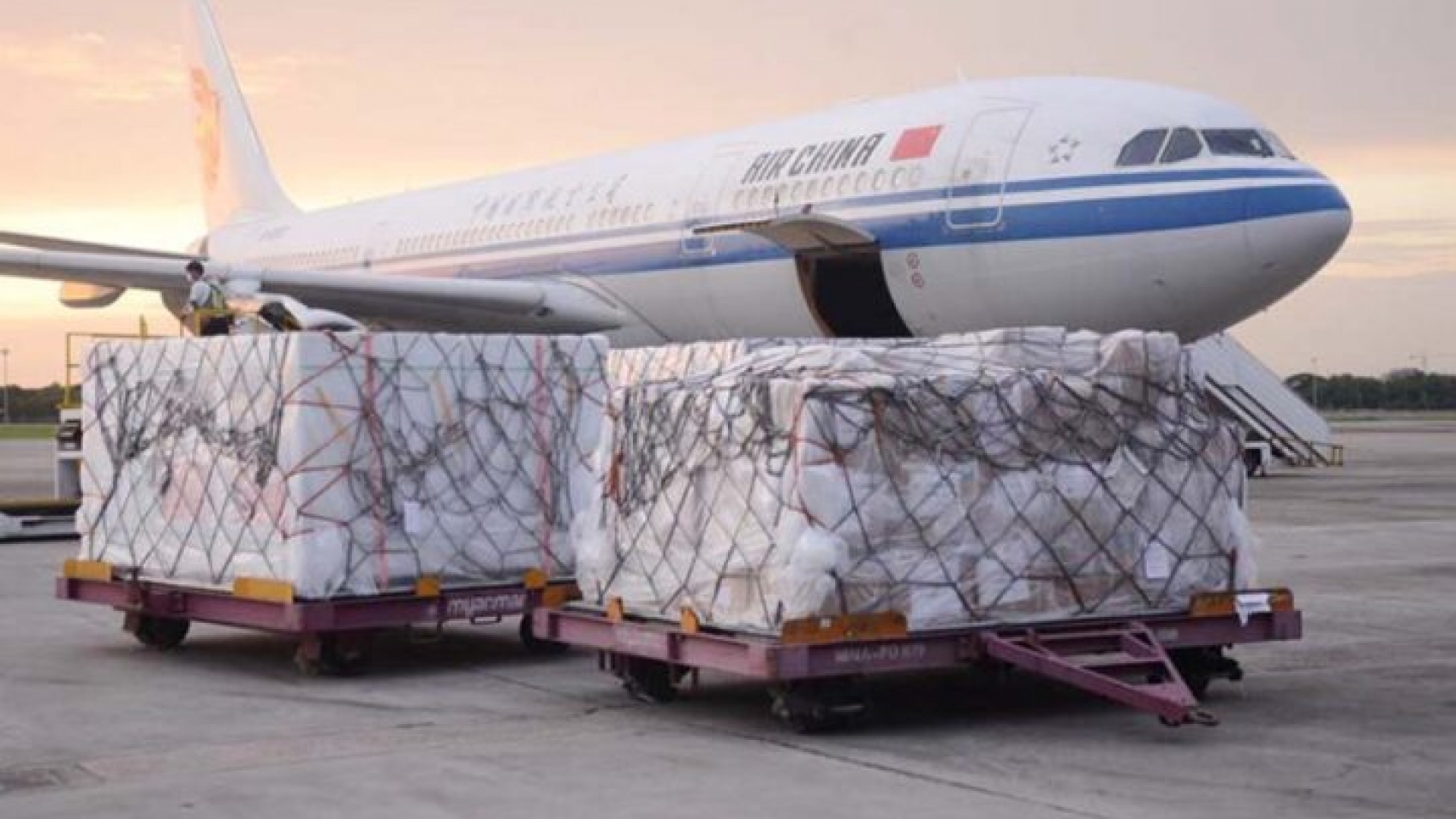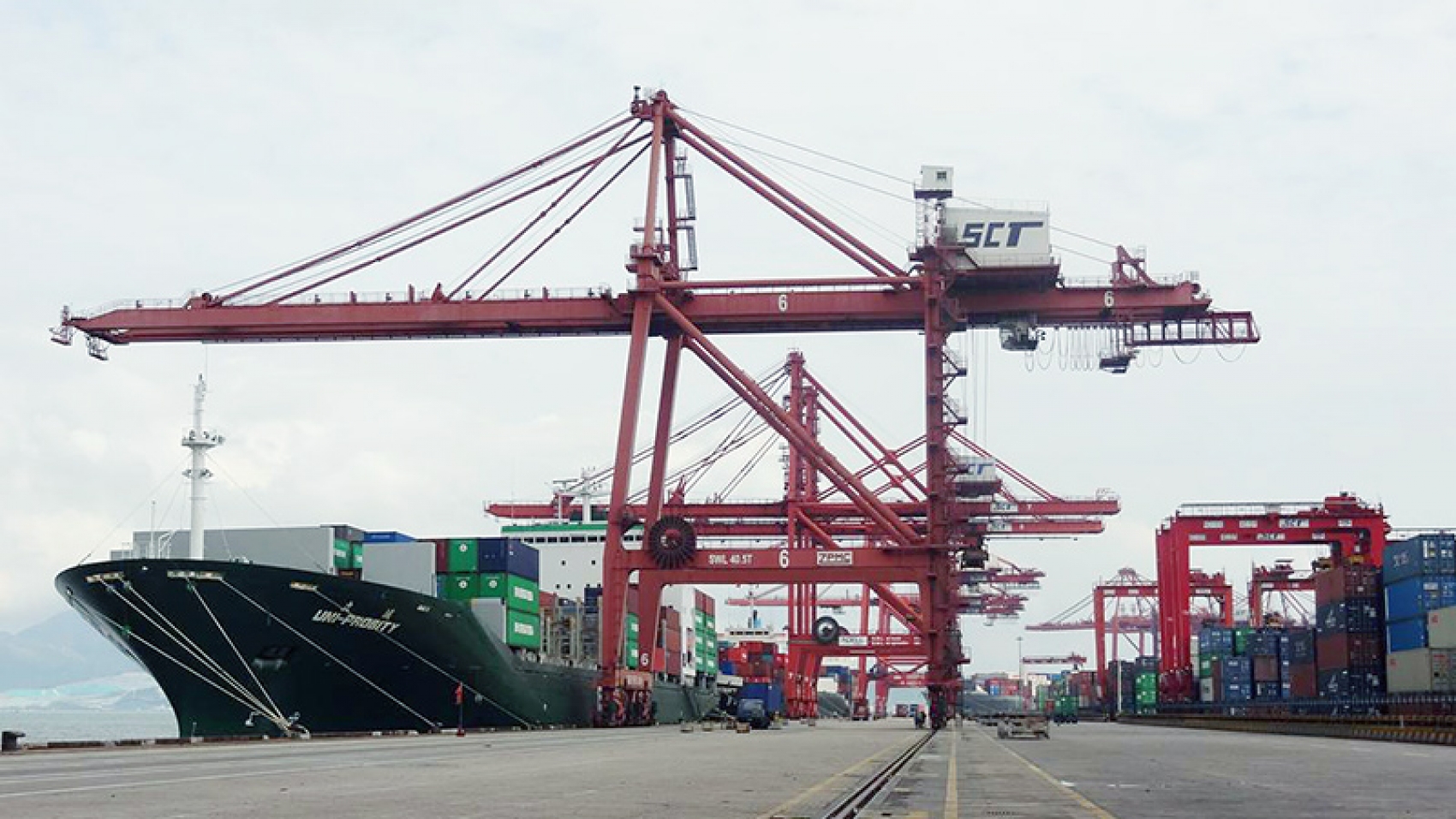Myanmar’s lower import nearly ten months (1 Oct-23 July) of the 2020-2021 financial year have resulted in a positive trade balance of US$353.644 million, according to data provided by the Ministry of Commerce. Myanmar’s exports surpassed imports in international trade although overall trade value declined compared to the same corresponding period of FY 2019-2020. Nearly ten months, the country’s exports were estimated at $12.3 billion, imports were valued at $11.95 billion this FY. The external trade drastically sank t $24.26 billion from $30.37 billion recorded in the year-ago period. Myanmar’s trade gap was $1.5 billion in the year-ago period, according to data provided by the Ministry of Commerce.
“This is a positive balance of trade. A trade surplus is harmful only when the government uses protectionism,” a trader points out. Myanmar witnessed a slump in exports and imports triggered by the coronavirus impacts this year against the year-ago period. Both sea trade and border trade dropped. The neighbouring countries tightened the border security and restricted the trading in certain border areas. For maritime trade, disruption in logistic sector, spikes in container rates and banking restriction dragged down the trade. Myanmar exports agricultural products, animal products, minerals, forest products, and finished industrial goods, while it imports capital goods, raw industrial materials, and consumer goods.
The country’s export sector relies much on the agricultural and manufacturing sectors. The Ministry of Commerce is trying to reduce the trade deficit by screening luxury import items and boosting exports. Thecountry mainly imports essential goods, construction materials, capital goods, hygienic material and supporting products for export promotion and the import substitution. Myanmar’s trade deficit was pegged at $1.3 billion in the 2019-2020 FY, $1.14 billion in the 2018-2019 FY, $1.3 billion in the previous mini-budget period (April-September, 2018), $3.9 billion in the 2017-2018 FY, $5.3 billion in the 2016-2017 FY, and $5.4 billion in the 2015-2016 FY, according to statistics released by the Central Statistical Organization.
Source: The Global New Light of Myanmar

